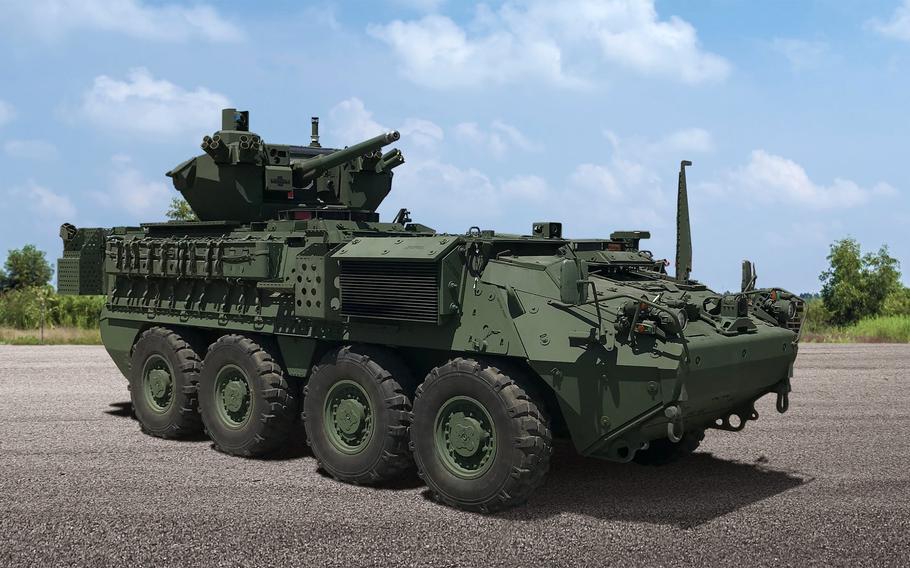SOURCE: RAUNAK KUNDE / NEWS BEAT / IDRW.ORG


India is poised to embark on a significant defence collaboration with a steep price tag, as it prepares for the joint production of Stryker armoured vehicles under the ‘Make in India’ initiative. According to sources from the Indian Defence Research Wing (idrw), the initial estimated cost of this ambitious project is projected to exceed $1.5 billion, with each unit priced at a substantial $5 million markup.
A key component of this deal is the transfer of technology (ToT), which will facilitate the local production and assembly of the Stryker Armoured vehicles. This ToT arrangement will include the transfer of technical documentation necessary for the medium-term production of spare parts and the assembly of vehicles from the hull stage.
The initial order is expected to encompass around 300 units, spanning different variants of the Stryker family. This sizeable order underscores the Indian Army’s commitment to modernizing its armoured vehicle fleet and enhancing its operational versatility. The potential for future orders and variant expansions remains high, contingent on the success and operational performance of the initial batch.
In response to the Indian Army’s specific operational requirements, there has been a request for more powerful engines for the Stryker vehicles. This upgrade is anticipated to add to the overall cost, reflecting the emphasis on enhanced performance and reliability in diverse and challenging terrains.
The Indian Army’s procurement plan for the Stryker armoured vehicles is expansive, encompassing various specialized variants to cater to diverse operational requirements. The planned acquisition includes:
- Command Vehicles: These will enhance battlefield command and control, providing robust communication and coordination capabilities.
- Medical Evacuation Vehicles: Equipped for rapid medical response, these vehicles will ensure efficient casualty evacuation and medical support in combat zones.
- Nuclear, Biological, and Chemical (NBC) Reconnaissance Vehicles: These specialized vehicles will be crucial for detecting and responding to NBC threats, enhancing the Army’s preparedness against unconventional warfare.
- Infantry Carrier Vehicles: These will include models equipped with a formidable 30 mm cannon, providing infantry units with enhanced firepower and mobility.
NOTE : Article cannot be reproduced without written permission of idrw.org in any form even for YouTube Videos to avoid Copy right strikes. Websites doing illegal reproductions will get DMCA and Legal Notices.